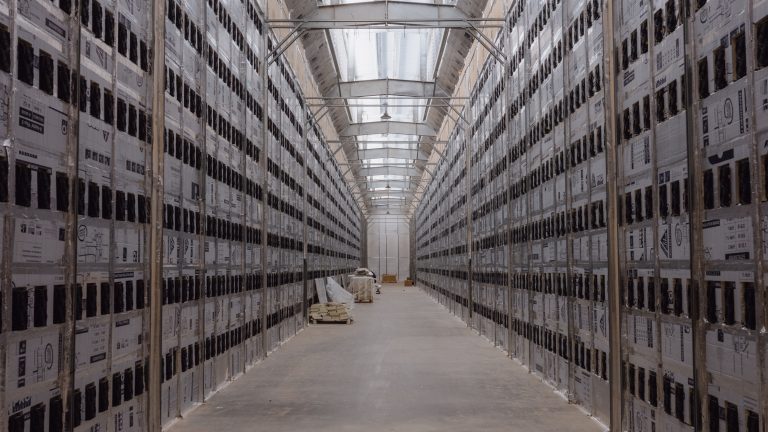The high energy consumption of Bitcoin has long been a contentious topic, with many critics pointing to its large carbon footprint as an environmental concern. However, Bloomberg cryptocurrency market analyst Jamie Coutts has produced a new report that casts Bitcoin mining in a more favorable light, suggesting the industry is on a path toward increased sustainability.
Green Energy Transition
Coutts’ research indicates that for the first time, over half of the energy used in Bitcoin mining is sourced from renewables. This shift results from miners relocating to areas where renewable energy sources are more abundant and integrating greener technologies like off-grid power solutions and ‘gas flare’.
This movement toward green energy in mining hasn’t just been about optics; it’s reflected in a tangible decrease in carbon emissions, even as the Bitcoin network’s hash rate, a marker of its computational power, rises.
A Deeper Dive into the Data
To bolster his assertions, Coutts references data from institutions like the University of Cambridge, Coin Metrics, and climate tech researcher Daniel Batten.
In a significant revision, the University of Cambridge lowered its 2022 forecast for energy consumed by Bitcoin mining from 105.3 TWh to 95.5 TWh. Coutts attributes this change to Coin Metrics’ recent findings about ASIC machines, which are central to the mining process.
Batten, meanwhile, offers a critique of Cambridge’s model, stating that it omits recent innovations in sustainable energy for Bitcoin mining and fails to account for significant geographical shifts in mining activities over the past few years. Post China’s mid-2021 crackdown on mining, Batten estimates that the sector saw a 37.5% drop in emissions. This happened even as the hash rate plummeted briefly, only to rebound fourfold.
The Financial Case for Green Mining
Beyond the environmental advantages, Coutts suggests that there’s a financial incentive for miners to go green. Transitioning from fossil fuels like coal to wind or solar power can be cost-prohibitive without the right incentives. Coutts posits that, “Bitcoin mining as a revenue source from excess energy can be a game-changer, offering the necessary returns that can make renewable investments more feasible.”
The Musk Factor
Elon Musk, the CEO of Tesla, has been a notable figure in Bitcoin’s narrative. Previously, he asserted that Tesla would resume accepting Bitcoin as a payment method if over 50% of its mining energy came from renewables. With Coutts’ report indicating that this threshold has been surpassed, the ball seems to be in Musk’s court.
In July 2021, Musk remarked, “I would like to do some more due diligence…If this happens, Tesla will most likely start accepting BTC again.” As the renewable ratio in BTC mining climbs, many are keenly awaiting Musk’s next move.
Conclusion
Bitcoin mining’s environmental impact has long been a significant concern for critics. Still, as the industry shifts towards more sustainable practices, these concerns may soon become a thing of the past. As technology advances and the financial benefits of green mining become clear, Bitcoin could set a precedent for integrating profitability with eco-friendliness.



